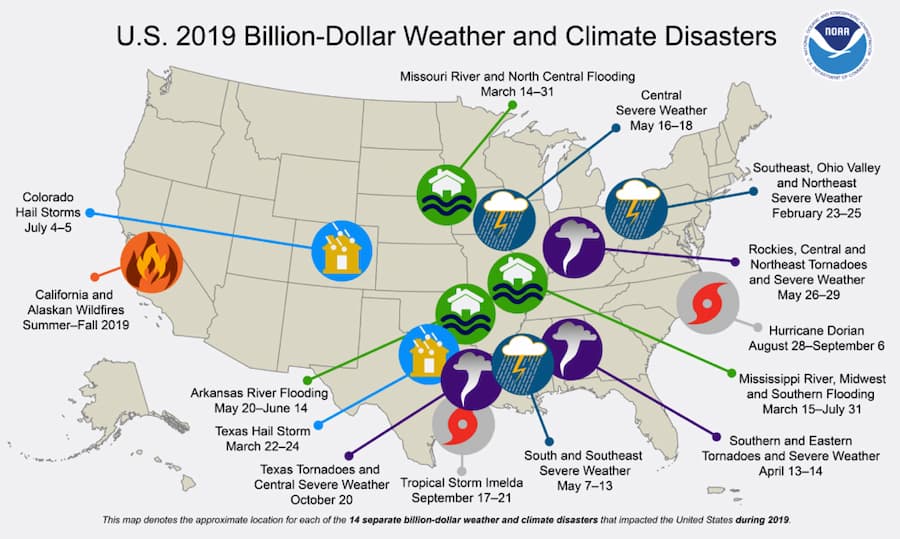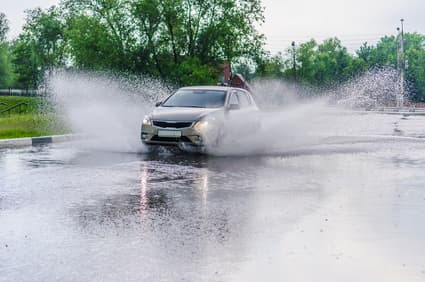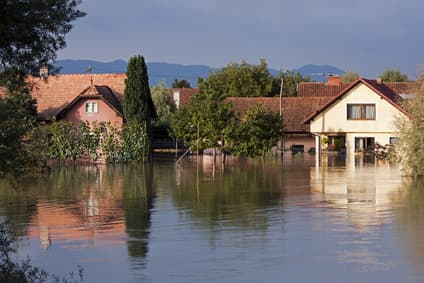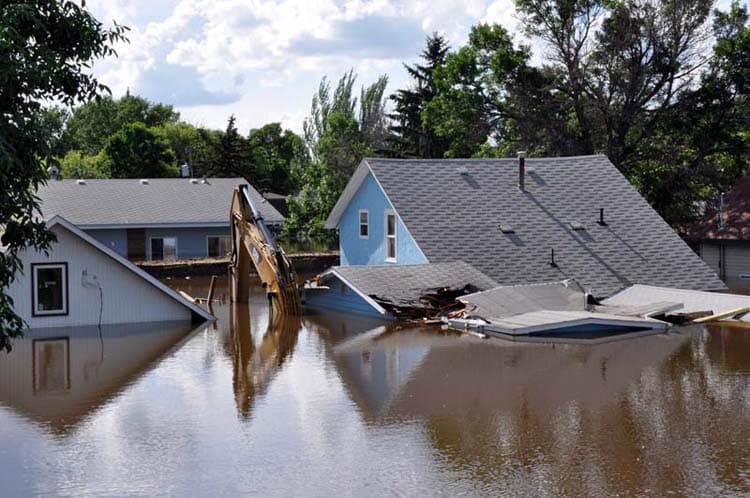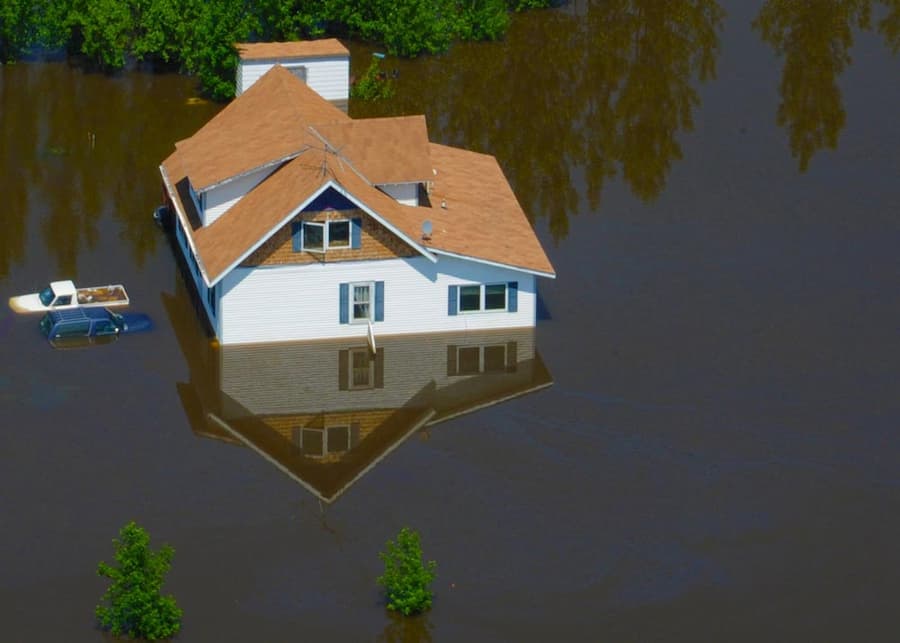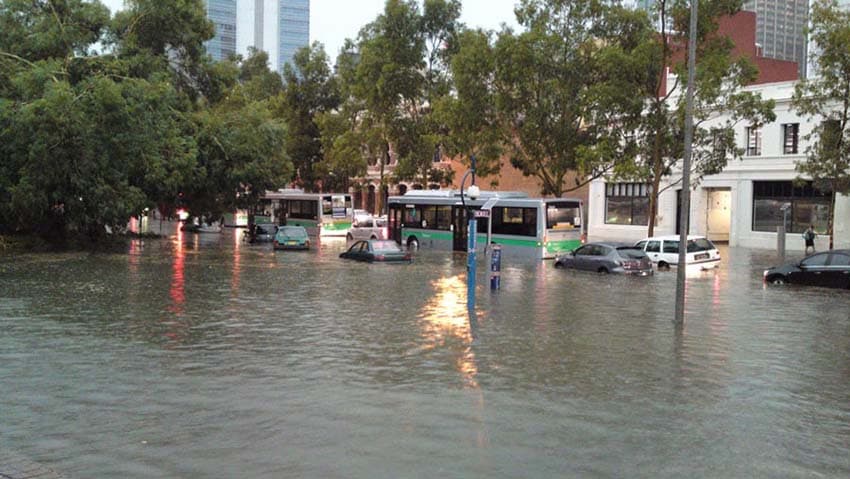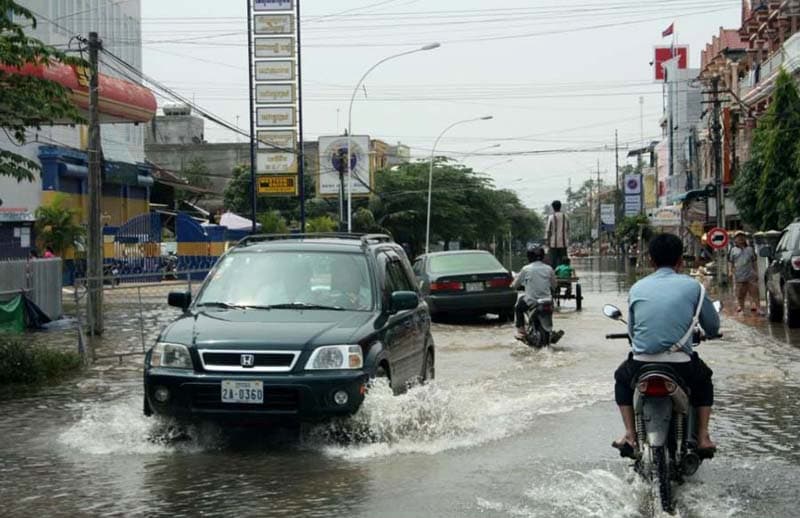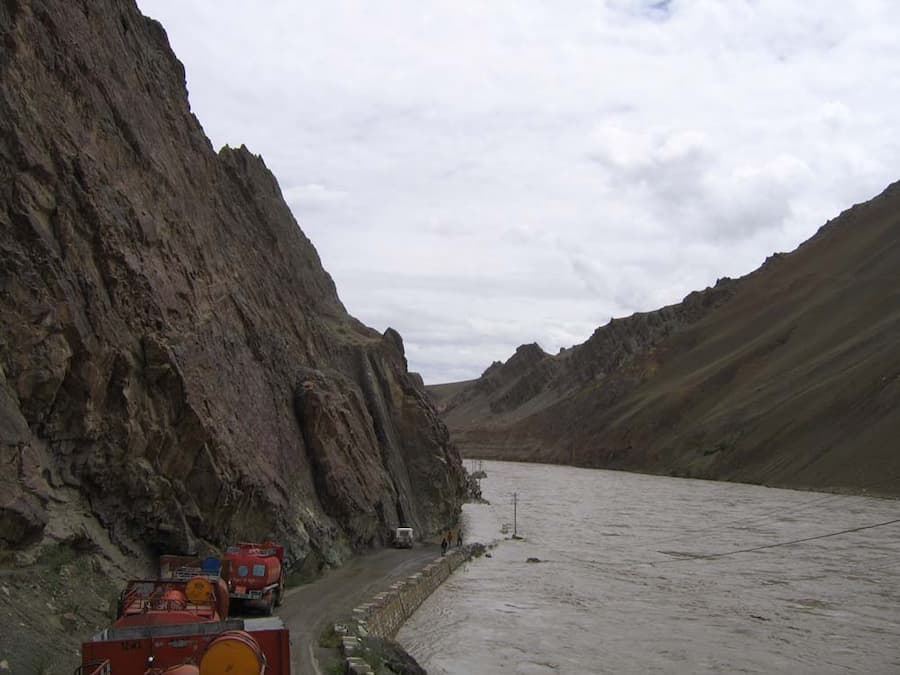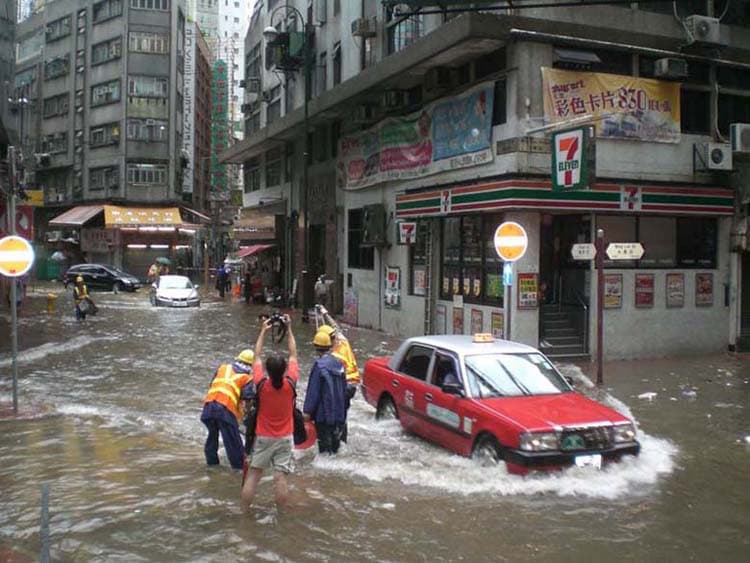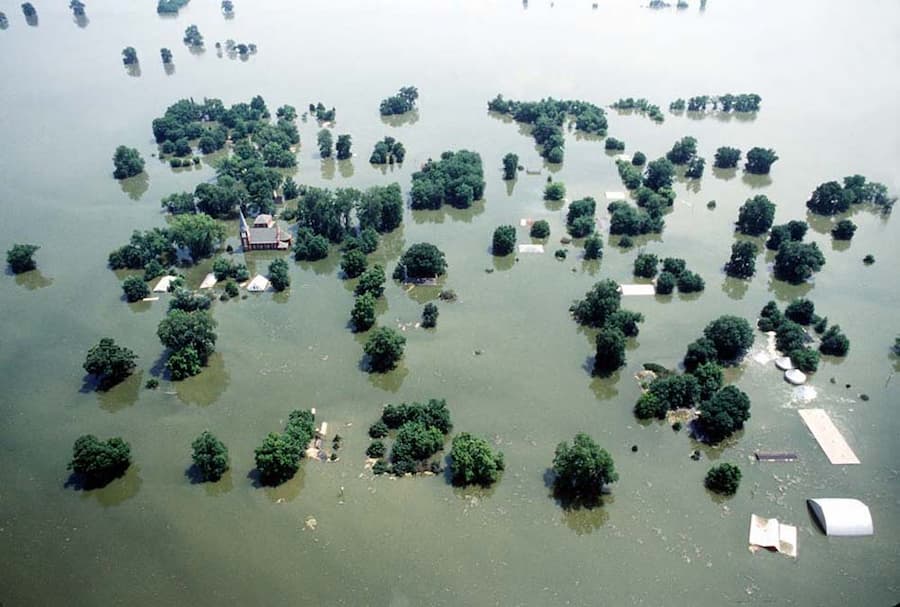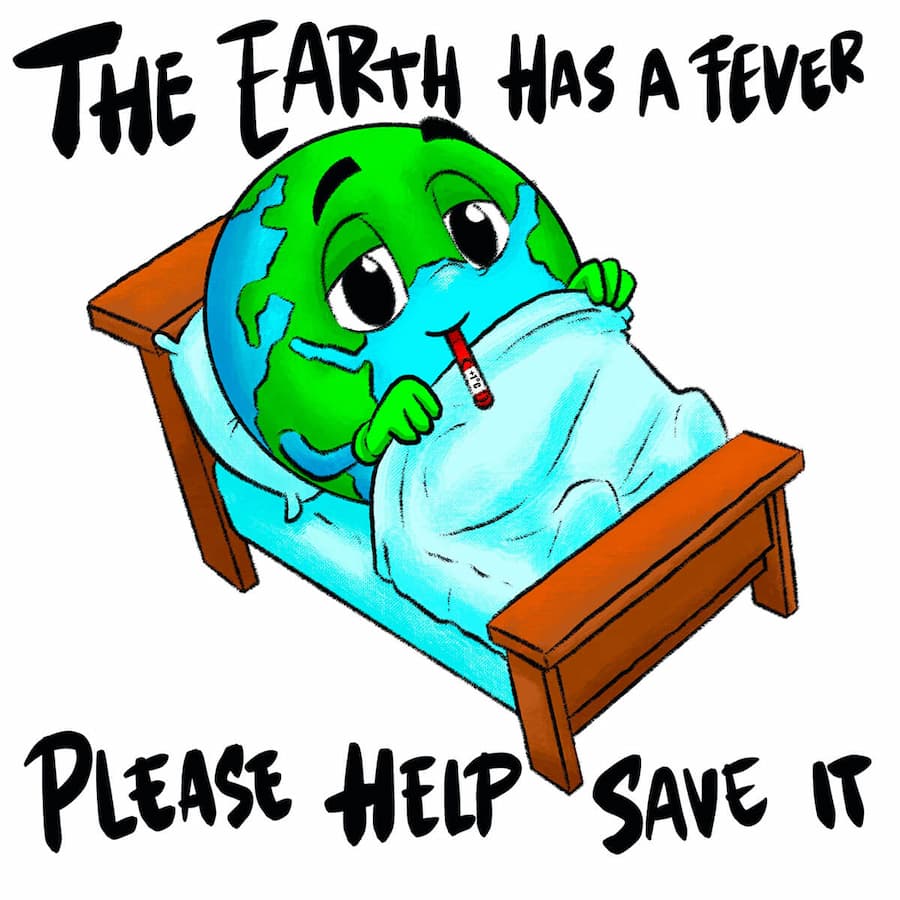Floods and Climate Change
Floods and climate change go hand in hand.
Without a doubt, the changing climate of the Earth could cause several problems in future years.
We have all probably heard of how climate change is melting ice caps in the Arctic and is threatening polar bear habitat. However, it also can cause food and water shortages and other problems.
In addition, scientists have associated climate change and flooding as correlative. As the Earth’s climate changes, floods will occur more often and will become more devastating.
Since 1980, in the United States, there have been over 258 weather and climate disasters in which the overall damage was at least 1 billion dollars. In total, they exceeded 1.75 trillion dollars in damages (Source).
In 2019, there were 14 disasters that cost at least 1 billion dollars in the United States, and among them, four were major inland floods. Furthermore, there has been an increase in large disasters over time. In fact, there were 59 disasters in the U.S. totalling at least 1 billion dollars in damages during the 2000s versus 119 in the 2010s, which is more than double (Source).

Increase in Natural Disasters
Climate change has contributed to an increase in the intensity and frequency of floods. It will also worsen hurricanes, heat waves, droughts, wildfires, dust storms, and tornadoes (see effects).
This is due to the fact that climate change entails changes in precipitation, along with temperature, wind patterns, atmospheric pressure, cloudiness, and humidity.
Many scientists agree that climate change can and will increase heavy rainfall and storms across the U.S. and other parts of the world, which of course, signifies more floods.
The Intergovernmental Panel on Climate Change (IPCC) noted that climate change "has detectably influenced" many of the factors that contribute to floods, including rainfall and snowmelt (Source).
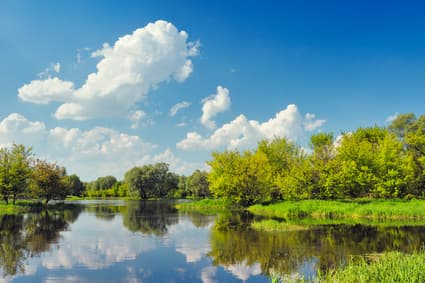
Rising temperatures lead to faster evaporation of water from land and sea, which causes more extreme precipitation events and worse storms. Also, as the air warms up, it holds more water vapour (Source).
As a matter of fact, there is an increase of about 7% of water vapour for every 1 degree Celsius increase in temperature (Source).
A professor from the University of Leeds, Piers Forster, stated: "As temperatures are warmer we get more intense rain, which by itself brings more floods, even if the number of storms hitting our shores don't change. When coupled to warmer, wetter winters generally, as expected from climate change, the ground becomes more saturated so any rainfall will give a greater chance of flooding" (Source).
There are four types of floods, and each one is affected by climate change (Source):
- Flash floods
- Urban flooding
- River flooding
- Coastal flooding
Floods Due to Rising Sea Levels and Storms
Plus, we have all probably heard of how it is projected that the sea levels will rise. This is due to climate change, and as a result of it, lower elevation areas could find themselves underwater in future areas.
It is important to note that stronger storms bring more rain. An example would be Hurricane Harvey in 2017, which affected 200,000 homes in Houston and was America's wettest storm in almost 70 years. It is estimated by experts that climate change made this hurricane's rainfall three times more likely and 15 times more intense (Source).
Climate scientist Kevin Trenberth stated: "Of course there is a climate change connection, because the oceans and sea surface temperatures are higher now because of climate change, and in general that adds 5 to 10 percent to the precipitation. There have been many so-called 500-year floods along the Mississippi about every five to 10 years since 1993" (Source).
Although climate change is also considered to lower rainfall in some areas, when the rain comes, it pours and can cause heavy damage to a community, as demonstrated by Hurricane Sandy.
Speaking of Hurricane Sandy, floods in recent years have devastated huge areas. Actually, New York City has finally considered changes to infrastructure in order to protect its citizens.
Stronger storms cause bigger storm surges such as Hurricane Katrina's 28-foot storm surge that devastated New Orleans in 2005. In the case of Hurricane Sandy in 2012, it was a combination of storm surge and high tide that made it so destructive to New York and New Jersey (Source).
In 2019, oceans were about 7-8 inches higher than it was in 1900, and 3 of those inches were added since 1993. The IPCC predicts that seas will rise by 1 to more than 4 feet above 2000 levels by the end of the century. However, the NOAA projects that by the end of the century, the East Coast of the United States could rise by as much as 9.8 feet (Source).
Floods Around the World
Global warming is projected to increase risks of floods throughout the U.S. and particularly the Midwest and Northeast.
Moreover, it will affect the rest of the world as well.
From 1995 to 2015, 2.3 billion people were affected by floods, and it is estimated that 157,000 people were killed. In 2017, 254 died from floods in Colombia, 150 died from floods in Sri Lanka, and 246 died from floods in Zimbabwe (Source).
Significance of Floods and Climate Change
The significance of these floods is more significant than one would first think.
Besides shutting down whole cities, destroying homes, and causing deaths, floods have other impacts as well.
Floods can cause drinking water to become contaminated, and with the water shortage that is already being predicted to happen as a result of climate change, this makes the problem even worse.
Floods can also cause hazards such as disease-carrying animals and spills of chemicals or other hazardous materials.
Floods even expose people to water-borne illnesses and infections (Source).
Overall, floods are significant because they pose risks to people’s health and to entire communities.

Floods and Climate Change Mitigation
In 2019, floods were responsible for over 20 billion dollars in damages in the United States alone (Source).
On average, floods reach over 40 billion dollars in damages worldwide and kill a lot of people (Source).
However, the phenomenon of floods and climate change is but one of many.
In truth, there are many severe effects of climate change that will affect millions of lives and may even threaten the very existence of mankind.
In order to prevent natural disasters from getting worse, we must do what we can to stop climate change.
Further Reading and Sources

Join the Community and Newsletter (5000 Subscribers)
You can subscribe to my Substack Page or see the archives of previous posts. More great content coming soon!
Recent Articles
-
Climate Change Guide
Apr 23, 24 12:36 PM
The Climate Change Guide is your guide to a more sustainable future, and will provide you with all relevant information on mankind's greatest challenge. -
Climate Presentations by Climate Reality
Mar 03, 24 12:17 AM
You can see great climate presentations by Climate Reality. They can be customized for different audiences. -
Make the Planet Great Again!
Mar 02, 24 11:33 PM
We need to make the planet great again! We will build a solar wall along the Mexican border and make the fossil fuel industry pay for it! -
Historical Climate Change News
Mar 02, 24 11:25 PM
This section includes historical climate change news you should know about. These articles span several different topics and will help you stay up-to-date.
